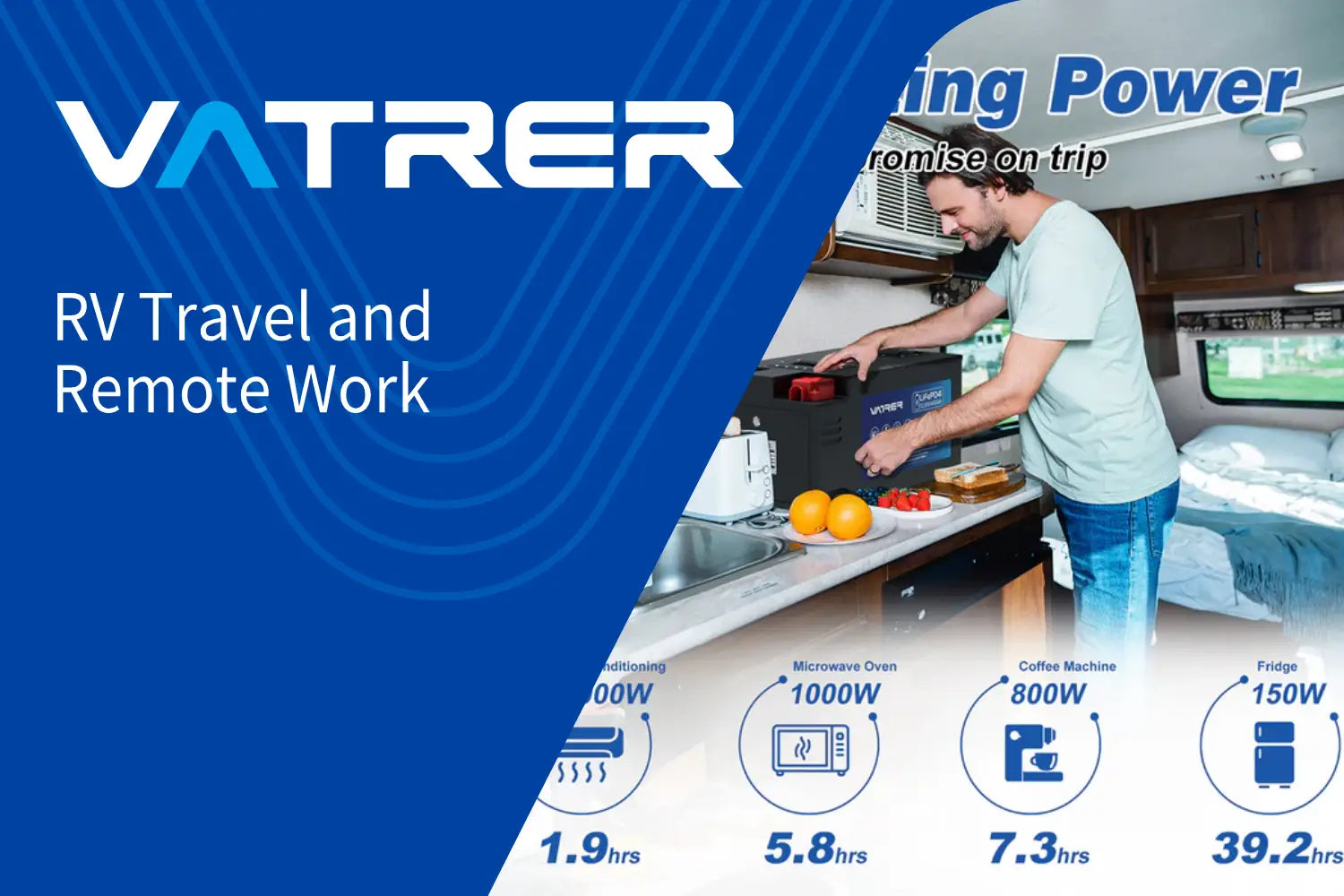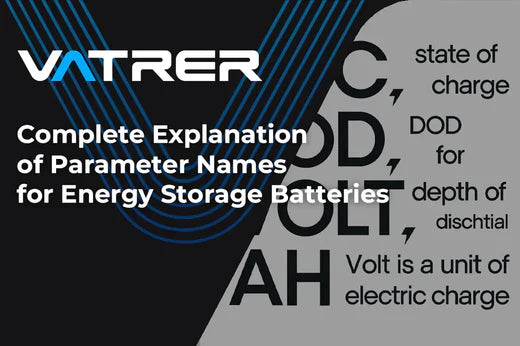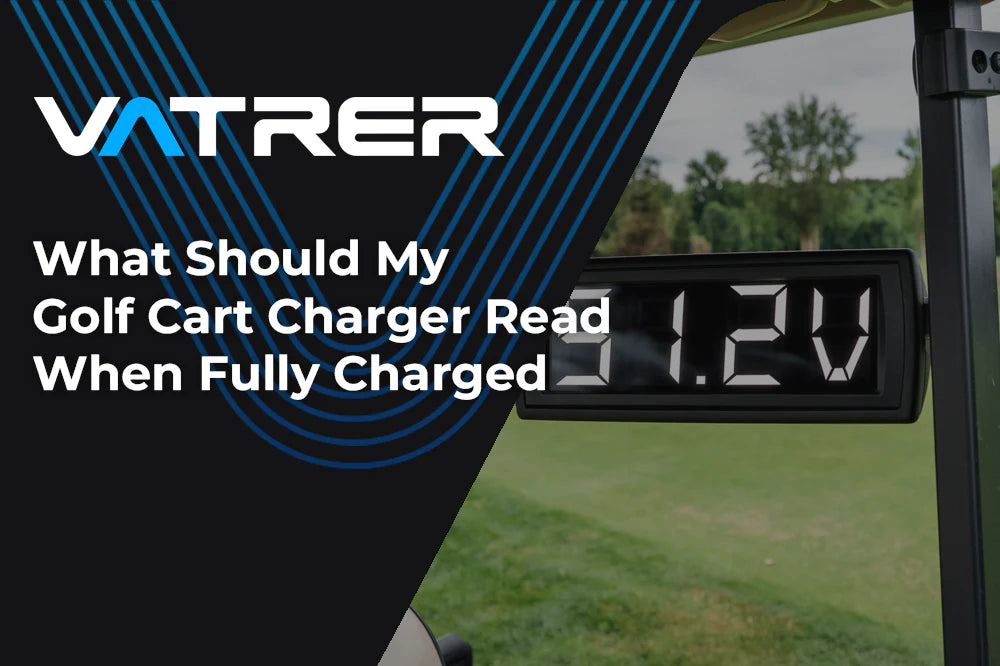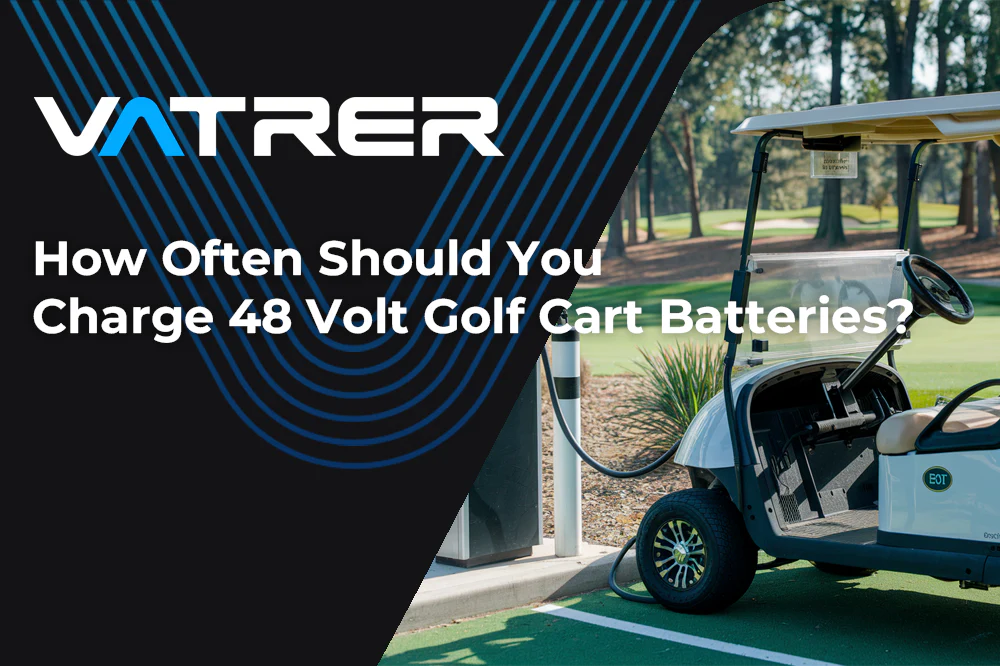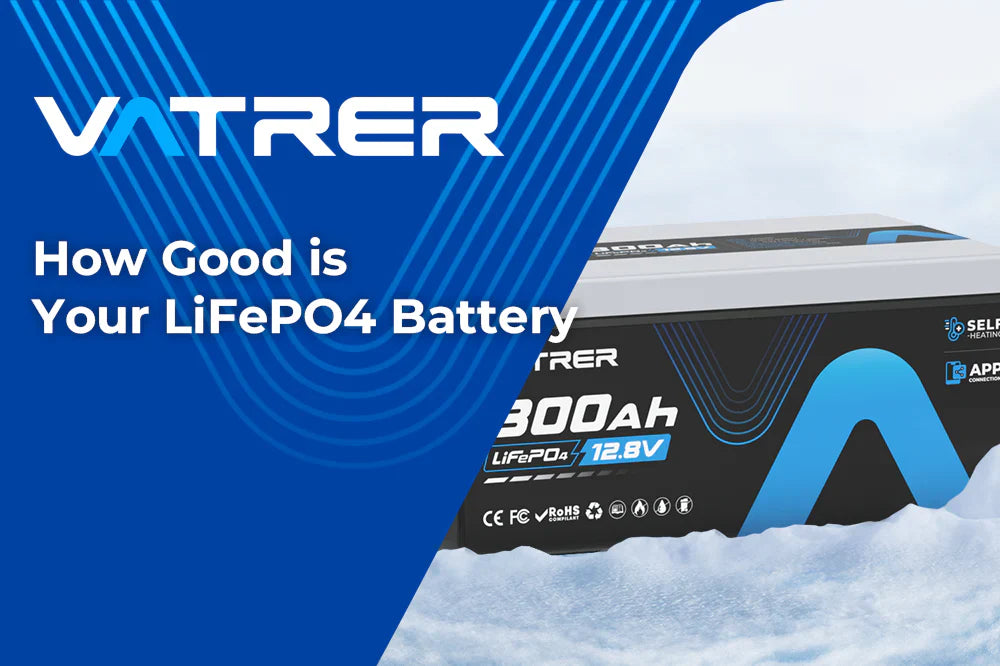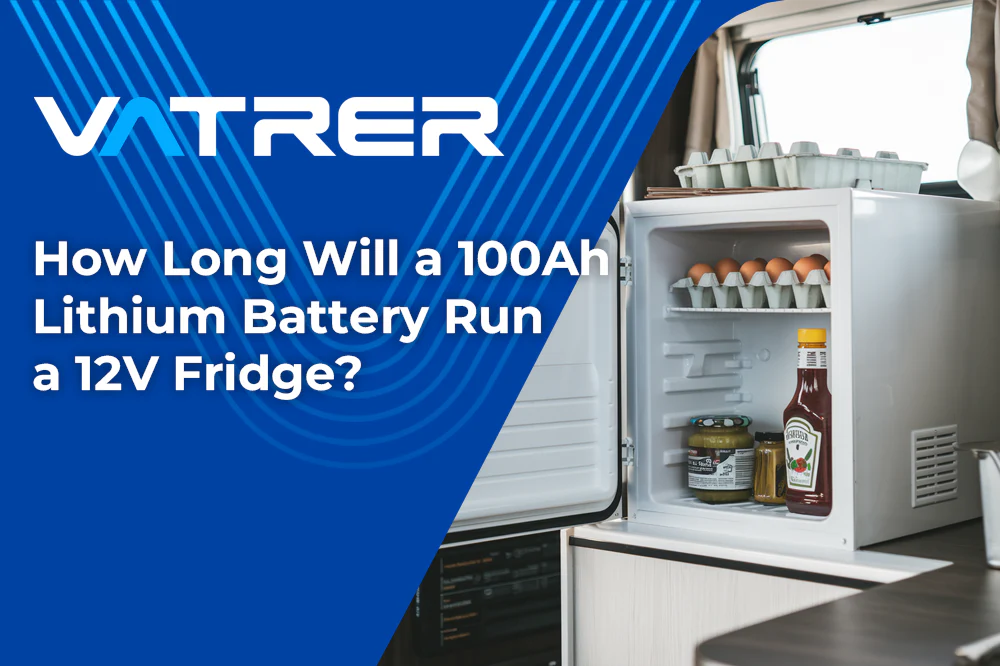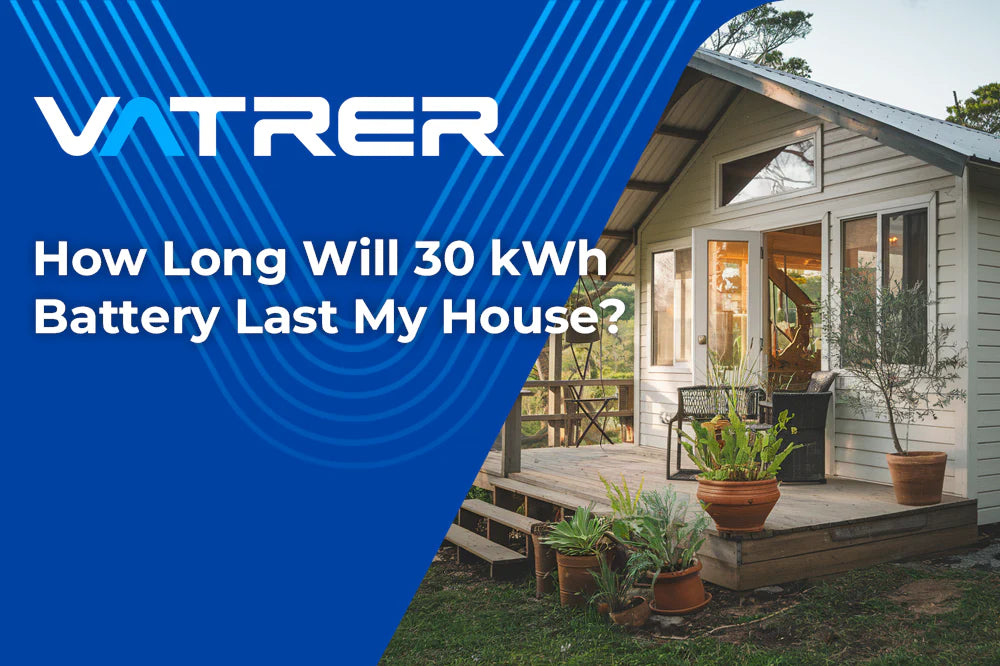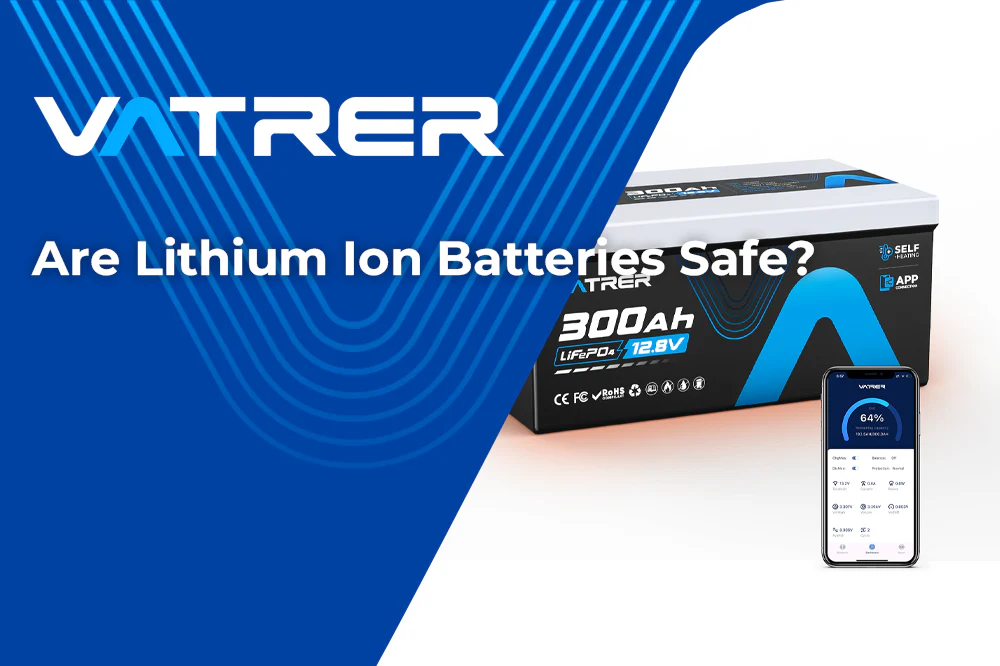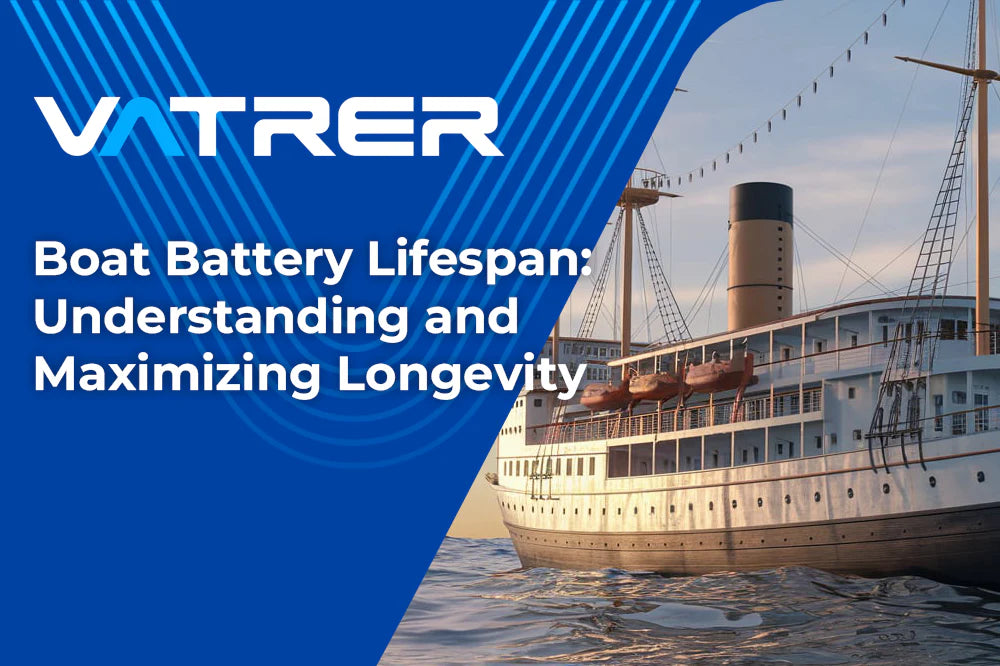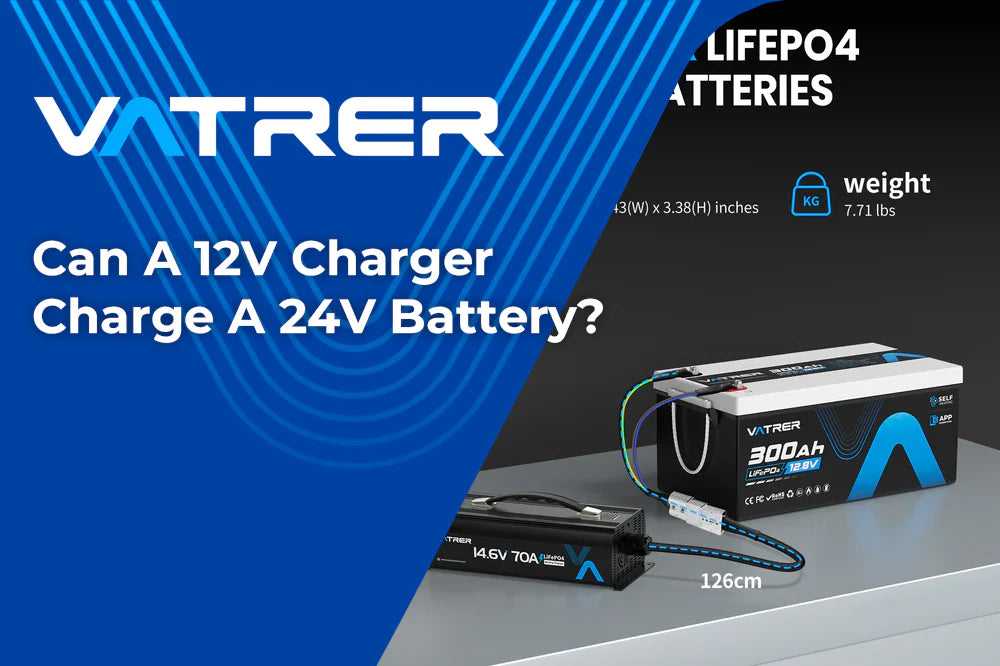Looking for a quicker way to recharge a 12V deep cycle battery for your RV trips, off-grid solar setup, or boat? Whether you are using a dedicated 10A lithium battery charger or a more traditional charger, knowing how long charging will take is essential for planning and for keeping your battery healthy. Below, we walk through how to charge 12V deep-cycle batteries—including lead-acid and lithium (LiFePO4)—so you can count on stable power wherever you travel.
Mastering the 12V Deep Cycle Battery Charging Process
Charging a 12V deep cycle battery means moving electrical energy from a battery charger back into the battery to restore its stored capacity, which is rated in amp hours (Ah). Unlike automotive starter batteries, deep cycle batteries are engineered to provide steady power over longer periods for RVs, marine applications, and solar backup systems.
The charging profile typically follows three main stages: a bulk phase (constant current, usually 60%–80% of the total time), an absorption phase (constant voltage) and a float stage, where the charger switches to a low “trickle” mode to maintain the charge.
Different chemistries, such as lead-acid and lithium (LiFePO4), handle charging differently. Lithium batteries include a Battery Management System (BMS) that regulates current and voltage, improving efficiency and supporting faster, safer charging.
Factors Affecting 12V Deep Cycle Battery Charging Time
Several key variables determine how long it takes to charge a 12V deep cycle battery at 10 amps:
Battery Capacity: Key to Charging Time
Capacity, measured in amp hours (Ah), reflects how much energy a 12V deep cycle battery can hold. A larger battery—such as a 12V 100Ah battery—will naturally require more time to recharge than a 20Ah unit at the same 10A charge rate. Most deep cycle batteries sit in the 50Ah to 200Ah range for typical RV and solar use. Vatrer batteries also provide higher-capacity models from 100Ah up to 560Ah to cover larger power demands.
State of Charge: Impact on 12V Battery Charging
The battery’s starting state of charge (SOC) has a direct impact on charging duration. A fully depleted 12V deep cycle battery will take longer to reach 100% than one that is only partially used. For instance, a 100Ah battery sitting at roughly 50% SOC (around 12.2V when measured with a voltmeter) will need about half the time to charge compared with the same battery that has been fully drained.
Charging Current: Speeding Up Your 12V Battery Charge
The charging current, measured in amps, controls how quickly energy is pushed into the battery. A 10A lithium battery charger supplies 10 amps, which is twice as fast as a 5A charger under the same conditions. Lithium batteries can typically accept higher charge rates (10A–20A or even up to 70A on certain models) without excessive heat buildup, while lead-acid batteries are more sensitive and should be charged at lower rates. Always stay within the current limits recommended for your specific battery.
Charging Efficiency: Maximizing 12V Battery Performance
Not all of the power coming from the battery charger ends up stored in the battery—some is lost as heat and through internal chemical processes. Lead-acid batteries usually offer around 70%–85% charging efficiency, whereas lithium batteries often reach 85%–95%. Higher efficiency translates into shorter real-world charge times. When estimating, divide the theoretical charging time by the efficiency factor (for example, use 0.85 for an 85% efficient lead-acid battery).
Temperature: Optimizing Your 12V Battery Charging Environment
Ambient temperature also plays an important role. Cold weather (below 0°C) can slow down the chemical reactions inside the battery, increasing charge time by 10%–20%. Excessive heat, on the other hand, can raise the risk of overheating and shorten the battery’s lifespan. Lithium (LiFePO4) batteries generally handle a wider operating range, often from about -20°C to 60°C, better than lead-acid units. For best performance and safety, charge your battery in a well-ventilated space at roughly 15°C–27°C (60°F–80°F).
Calculating 12V Deep Cycle Battery Charging Time
To estimate the time needed to charge a 12V deep cycle battery, you can use this formula:
Charging Time (hours) = Battery Capacity (Ah) ÷ Charging Current (Amps) ÷ Efficiency
Deep cycle batteries are commonly between 50Ah and 200Ah, but some larger solar banks may use 300Ah or more.
The examples and tables below compare lead-acid and lithium (LiFePO4) batteries at a 10-amp charge rate, assuming the battery starts fully discharged. Lithium batteries finish sooner thanks to higher efficiency (about 90% vs. 80% for lead-acid).
Example Calculations
100Ah battery at 10 amps (lead-acid, 80% efficiency): Charging Time = 100 Ah ÷ 10 Amps ÷ 0.8 = 12.5 hours
100Ah battery at 10 amps (lithium, 90% efficiency): Charging Time = 100 Ah ÷ 10 Amps ÷ 0.9 = 11.1 hours
100Ah battery at 50% SOC (lithium, 90% efficiency): Charging Time = (100 Ah × 0.5) ÷ 10 Amps ÷ 0.9 = 5.6 hours
Charging Time Comparison
The table below gives an at-a-glance comparison of estimated charge times for 12V deep cycle batteries at 10 amps:
Lead-Acid Batteries
Battery Capacity (Ah)
Charging Rate (Amps)
Efficiency
Estimated Charging Time (Hours)
20 Ah
10 Amps
80%
2.5 Hours
50 Ah
10 Amps
80%
6.3 Hours
100 Ah
10 Amps
80%
12.5 Hours
200 Ah
10 Amps
80%
25 Hours
300 Ah
10 Amps
80%
37.5 Hours
400 Ah
10 Amps
80%
50 Hours
Lithium (LiFePO4) Batteries
Battery Capacity (Ah)
Charging Rate (Amps)
Efficiency
Estimated Charging Time (Hours)
20 Ah
10 Amps
90%
2.2 Hours
50 Ah
10 Amps
90%
5.6 Hours
100 Ah
10 Amps
90%
11.1 Hours
200 Ah
10 Amps
90%
22.2 Hours
300 Ah
10 Amps
90%
33.3 Hours
400 Ah
10 Amps
90%
44.4 Hours
Practical Tips for Efficient 12V Deep Cycle Battery Charging
To cut charging time: Consider a higher-amp charger. A 12V 10A lithium battery charger is already a solid choice, but stepping up to a 20A charger can roughly halve charging time on batteries that are rated for it (typically lithium). Always confirm that the charger’s output current is within the battery’s specifications, and keep in mind that higher-amp chargers usually cost more.
Charge in optimal conditions: Aim for 15°C–27°C with good airflow around the charger and battery to minimise overheating risks.
Choosing the Right 12V Deep Cycle Battery: Lead-acid batteries (AGM and Gel) should be charged more slowly to prevent plate damage, with AGM types normally accepting a slightly quicker rate than Gel. Lithium batteries, equipped with a Battery Management System (BMS), are designed for faster and more controlled charging. LiFePO4 lithium batteries typically deliver 2,000–5,000 cycles, compared with roughly 200–500 cycles for standard lead-acid. Always follow the guidance in your battery’s manual.
Safety and Maintenance for 12V Deep Cycle Batteries
Avoiding Overcharging: Protecting Your 12V Battery Life
Overcharging can shorten battery life, reduce capacity, and in extreme cases lead to swelling or damage. Choose a battery charger with automatic shut-off or a built-in float mode for long-term maintenance. Lithium batteries include a BMS that limits overcharge, providing an extra layer of protection.
Monitoring Your 12V Battery Charging Process
Keep an eye on the charging process using a voltmeter or a 12V 10A lithium battery charger with a digital display. As a guideline, around 12.6V for lead-acid or approximately 13.2V for lithium indicates the battery is close to fully charged, helping you balance safety and efficiency.
Maintenance Tips for Long-Lasting 12V Deep Cycle Batteries
Lithium batteries: Try not to run them down to 0% regularly, check BMS status from time to time, and store the battery at roughly 50% SOC when it will sit unused for longer periods.
Lead-acid batteries: If you have flooded types, monitor electrolyte levels and top up with distilled water as required; avoid repeated deep discharges.
Always follow the manufacturer’s recommendations to support efficient charging and maximise battery life.
Conclusion: Power Up Your 12V Deep Cycle Battery Efficiently
Charging a 12V deep cycle battery at 10 amps is straightforward once you understand the basics. By paying attention to capacity, starting SOC, charging current, efficiency, and temperature, you can fine-tune the process and reduce waiting time. Lithium batteries, supported by higher efficiency and built-in BMS protection, generally offer faster and safer charging than traditional lead-acid batteries.
Use a quality 10A lithium battery charger and charge in suitable conditions to get consistent performance. Ready to upgrade your backup power system? Explore Vatrer LiFePO4 batteries along with compatible smart chargers to make your setup more reliable and convenient.
FAQs
Can I use a 10A lithium battery charger for both lithium and lead-acid batteries?
A 10A lithium battery charger is tuned for lithium (LiFePO4) charging profiles and may not be appropriate for AGM or Gel lead-acid batteries. Lead-acid chemistries rely on specific absorption and float voltages that many lithium-only chargers do not provide, which can result in undercharging or long-term damage.
Always review the charger’s user manual to confirm which battery types it supports. If you want one unit for multiple chemistries, choose a multi-mode charger that includes dedicated settings for both lithium and lead-acid and automatically adjusts the charging stages. Following the manufacturer’s instructions helps maintain performance and extend battery life.
How do I know if my 12V deep cycle battery is fully charged without a voltmeter?
If you don’t have a voltmeter, many 12V 10A lithium battery chargers include an on-screen percentage or LED indicators that show when charging is complete. For lead-acid batteries, a solid green light or a switch to “float” mode on a maintainer usually signals a full charge.
Investing in a smart charger or a lithium battery with an integrated display provides more accurate real-time information. You can also watch how the charger behaves—lithium chargers typically taper off or stop current once the voltage reaches roughly 13.2V, while lead-acid units move into maintenance mode around 12.6V–12.8V. This helps ensure safe and effective charging even without a separate meter.
What should I do if my 12V deep cycle battery takes longer than expected to charge?
If actual charging time is much longer than your estimate (for example, well beyond 12.5 hours for a 100Ah lead-acid battery at 10 amps), several factors could be involved, including a very low initial SOC, cold ambient temperatures, or a charger that is not delivering its rated current.
Start by using a multimeter or clamp meter to confirm that your 10A lithium battery charger is really outputting close to 10 amps. Try charging in a controlled space at about 15°C–27°C to reduce efficiency losses. If the battery is older, consider a capacity test with professional equipment; aging cells with reduced capacity can take longer to charge and may not reach their original Ah rating. If capacity has dropped below roughly 80% of the label rating, replacement is often the most practical option.
Is it safe to leave my 12V deep cycle battery charging overnight with a 10A lithium battery charger?
Leaving a 12V deep cycle battery on charge overnight can be safe if you are using a 10A lithium battery charger that includes automatic shut-off, temperature monitoring, or a float/maintenance mode. Lithium batteries with a BMS add additional protection against overcharging. Lead-acid batteries are more sensitive and should only be left overnight with a smart charger specifically designed for them.
For both chemistries, make sure the charger is rated for unattended use, place the battery in a well-ventilated area, and periodically inspect cables and connections. This reduces the risk of overheating and helps preserve long-term battery health.
How can I extend the battery life of my 12V deep cycle battery beyond charging practices?
Battery lifespan is influenced by how you use and store it, not just by how you charge it. Frequent deep discharges, extreme temperatures, and long periods sitting either fully discharged or fully charged can shorten life for both lithium and lead-acid batteries.
For lithium batteries, try to operate mostly between about 20% and 80% SOC, and store them at roughly 50% SOC in a cool, dry place when not in use for extended periods. For lead-acid batteries, avoid discharging below 50% whenever possible and check electrolyte levels regularly on flooded types. Using a maintainer or trickle charger during storage helps keep lead-acid batteries from sulphating. With these habits, lithium batteries can often deliver 2,000–5,000 cycles, while well cared-for lead-acid batteries may achieve 200–500 cycles.
Can I charge a 12V deep cycle battery faster than 10 amps, and what are the risks?
In many cases, yes—especially with lithium batteries—provided the battery’s specifications allow for a higher charge rate. Some 12V lithium deep cycle batteries are rated for 20A–50A charging or more. Lead-acid batteries, however, are best charged at about 10%–20% of their Ah capacity to prevent overheating and damage.
For lithium, you can use a 12V 10A lithium battery charger or a higher-amp model (such as 20A or 70A) if the data sheet confirms the maximum charge current and the BMS is designed to handle it. For lead-acid batteries, staying within 10A–20A for a 100Ah unit is generally recommended. Pushing beyond those limits may reduce service life or cause failure, so always consult the manufacturer’s guidelines before increasing current.
How does a trickle charger differ from a 10A lithium battery charger for maintaining my battery?
A trickle charger provides a very low, steady current (often around 1A–2A) to keep a 12V deep cycle battery topped up over long periods without forcing it into overcharge. This makes it a good option for seasonal storage, particularly for lead-acid batteries that benefit from remaining at full charge.
A 10A lithium battery charger is designed primarily for regular charging rather than long-term maintenance. Some smart models do include a storage or maintenance mode, which works well for lithium batteries because the BMS prevents overcharging. In general, use a dedicated trickle charger for long-term lead-acid storage, while a smart lithium charger with a maintenance feature is usually sufficient for LiFePO4 batteries. Choose the tool that aligns with how you use and store your battery.
